-
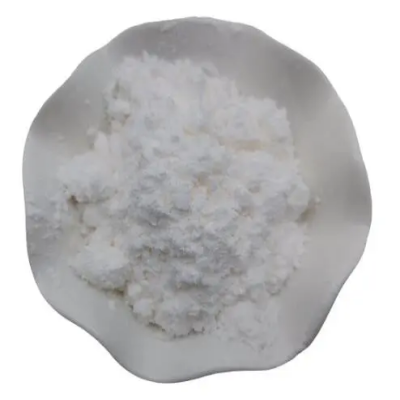
2-Bromo-5-nitropyridine CAS:4487-59-6
2-Bromo-5-nitropyridine is a compound with intriguing properties in medicinal chemistry, showcasing a distinct molecular structure and potential pharmacological applications. This introduction delves into the synthesis, structural characteristics, and pharmaceutical significance of 2-Bromo-5-nitropyridine.
-

2-Hydroxy-5-bromopyridine CAS:13466-38-1
2-Hydroxy-5-bromopyridine is a compound of interest in medicinal chemistry due to its distinctive molecular structure and potential pharmacological applications. This introduction aims to explore the synthesis, structural characteristics, and potential pharmaceutical significance of 2-Hydroxy-5-bromopyridine.
-

1-tert-butyl 3-methyl 6-methylpiperidine-1,3-dicarboxylate CAS:1243307-21-2
1-tert-butyl 3-methyl 6-methylpiperidine-1,3-dicarboxylate is a compound of interest in medicinal chemistry due to its complex molecular structure and potential pharmacological applications. This introduction aims to delve into the synthesis, structural characteristics, and potential pharmaceutical significance of 1-tert-butyl 3-methyl 6-methylpiperidine-1,3-dicarboxylate.
-
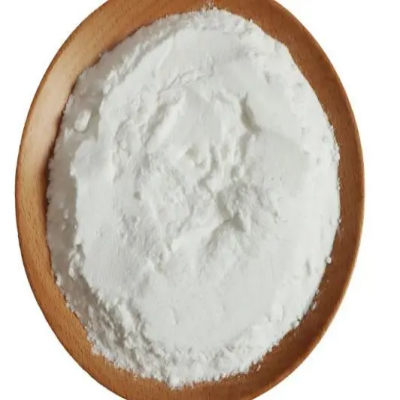
2-Bromo-3-methylpyridine CAS:3430-17-9
2-Bromo-3-methylpyridine is a compound of interest in medicinal chemistry, distinguished by its unique molecular structure and potential pharmacological applications. This introduction aims to explore the synthesis, structural characteristics, and potential pharmaceutical significance of 2-Bromo-3-methylpyridine.
-
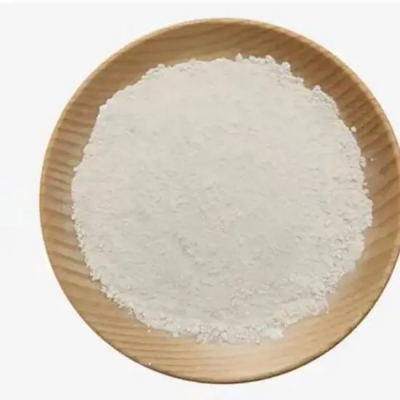
3,5-Dibromopyridine CAS:625-92-3
3,5-Dibromopyridine is a compound of interest in medicinal chemistry due to its versatile molecular structure and potential pharmacological applications. This introduction aims to explore the synthesis, structural characteristics, and potential pharmaceutical significance of 3,5-Dibromopyridine.
-
![(2S,5S)-5-((((9H-Fluoren-9-yl)methoxy)carbonyl)amino)-4-oxo-1,2,4,5,6,7-hexahydroazepino[3,2,1-hi]indole-2-carboxylic acid CAS:204326-24-9](https://cdn.globalso.com/xindaobiotech/6FOL1BS0UMD0X9Z402278.png)
(2S,5S)-5-((((9H-Fluoren-9-yl)methoxy)carbonyl)amino)-4-oxo-1,2,4,5,6,7-hexahydroazepino[3,2,1-hi]indole-2-carboxylic acid CAS:204326-24-9
(2S,5S)-5-((((9H-Fluoren-9-yl)methoxy)carbonyl)amino)-4-oxo-1,2,4,5,6,7-hexahydroazepino[3,2,1-hi]indole-2-carboxylic acid is a compound of considerable interest in medicinal chemistry due to its intricate molecular structure. The presence of a hexahydroazepinoindole core, along with a fluorenyl moiety and a carboxylic acid group, presents opportunities for diverse pharmacological applications. This introduction aims to delve into the synthesis, structural characteristics, and potential pharmaceutical significance of (2S,5S)-5-((((9H-Fluoren-9-yl)methoxy)carbonyl)amino)-4-oxo-1,2,4,5,6,7-hexahydroazepino[3,2,1-hi]indole-2-carboxylic acid.
-

(3R,4R)-1-(tert-Butoxycarbonyl)-4-methylpyrrolidine-3-carboxylic acid CAS:1119512-35-4
(3R,4R)-1-(tert-Butoxycarbonyl)-4-methylpyrrolidine-3-carboxylic acid is a compound of interest in medicinal chemistry due to its intricate molecular structure and potential pharmacological applications. This introduction aims to delve into the synthesis, structural characteristics, and potential pharmaceutical significance of (3R,4R)-1-(tert-Butoxycarbonyl)-4-methylpyrrolidine-3-carboxylic acid.
-
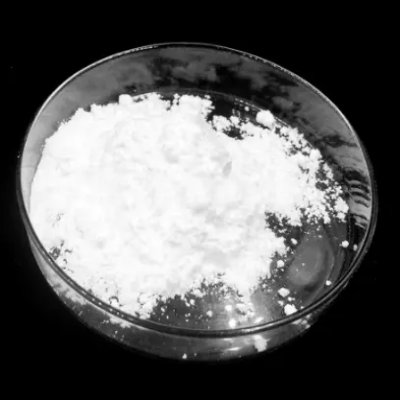
Tris(dibenzylideneacetone)palladium CAS:51364-51-3
Tris(dibenzylideneacetone)palladium, with the chemical formula Pd(dba)₃, is an organometallic complex of palladium(II) coordinated with dibenzylideneacetone ligands. It is a yellow crystalline solid, commonly utilized in organic synthesis and catalysis.
-

Palladium(II) acetate CAS:3375-31-3
Palladium(II) acetate, with the chemical formula Pd(O₂CCH₃)₂, is an inorganic compound consisting of palladium(II) ions coordinated with acetate ligands. It is a dark brown crystalline solid, commonly used in organic synthesis, catalysis, and materials science.
-

Platinum oxide hydrate CAS:1314-15-4
Platinum oxide hydrate is an inorganic compound with the chemical formula PtO·xH₂O. It exists as a black or brownish powder and is utilized in various applications.
-
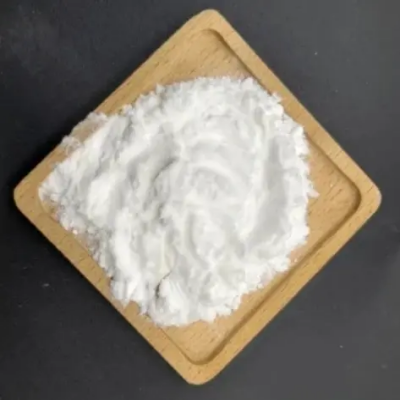
Platinum CAS:7440-6-4
Platinum is a precious metal with the chemical symbol Pt and atomic number 78. It is lustrous, dense, and corrosion-resistant, often found in native form or alloyed with other metals. Platinum is highly valued for its use in jewelry, catalytic converters, electronics, and industrial applications.
-

Palladium(Ⅱ) chloride CAS:7647-10-1
Palladium(II) chloride, with the chemical formula PdCl₂, is an inorganic compound consisting of palladium(II) ions coordinated with chloride ligands. It is a dark brown crystalline solid, commonly used in organic synthesis, catalysis, and materials science.

